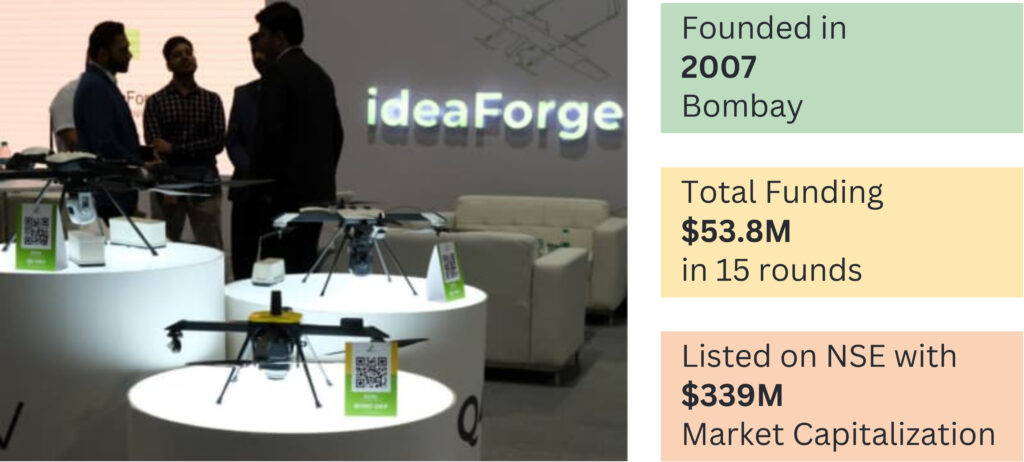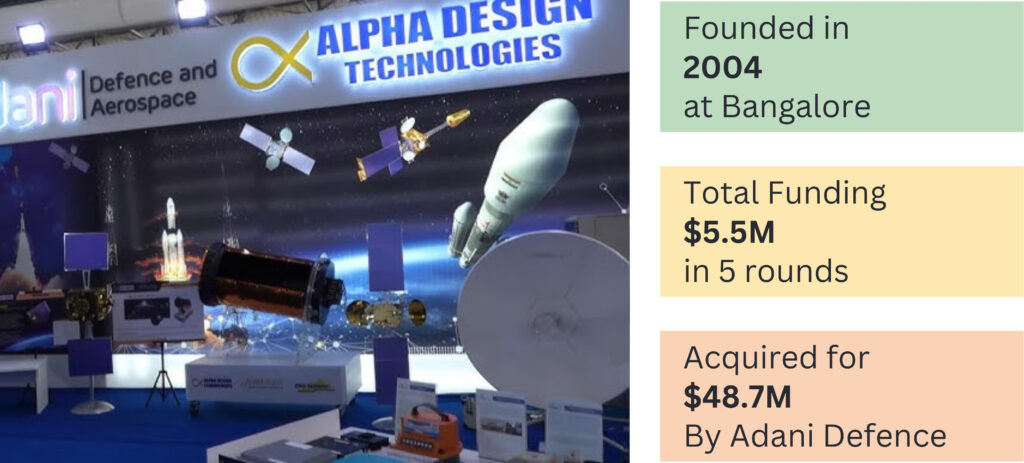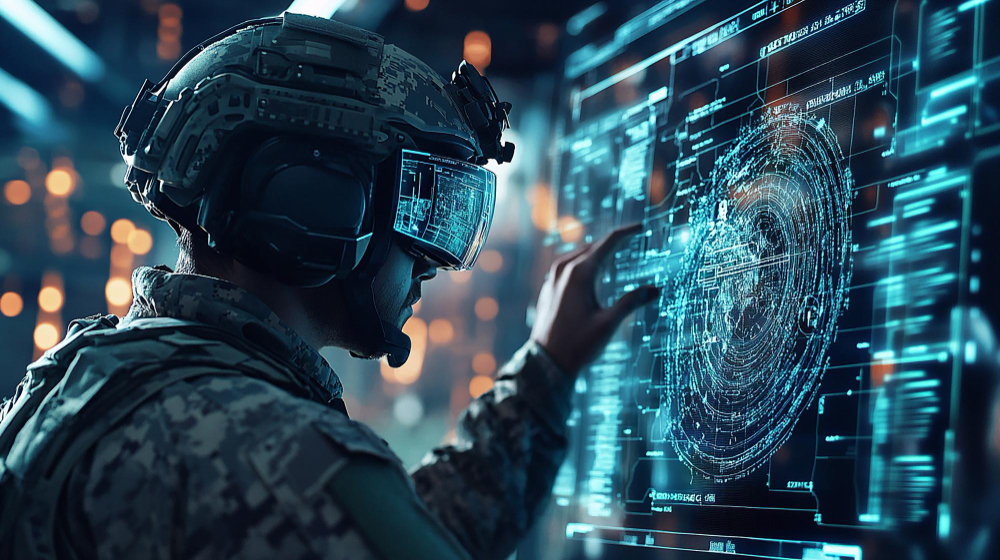The Opportunity

India is charting a new course to enhance its defence and offensive capabilities through the Make in India initiative. The objective is to diminish reliance on imports of defence equipment and technology while boosting defence exports to capture a share of the $2.4 trillion global defence market. Historically, India was the largest importer in the defence sector until approximately nine years ago.
Richard McCallum, Vice Chair of UKIBC India, remarked, “It is a paradox that while India has one of the largest defence industrial complexes in the developing world, it continues to be overwhelmingly dependent on imports for arms and equipment.”
However, times are changing. India’s defence manufacturing sector is evolving, with established and emerging players preparing to capitalize on anticipated lucrative opportunities in the defence and aerospace industries. According to senior officials, this shift is attributed to India’s plan to invest an average of INR 1.5 lakh crore ($18.3 billion) annually until 2030 to modernize its military capabilities.
Export Opportunity

Emerging sub sectors

Cognitive Technologies: Cognitive technologies can automate tasks from the routine (robotic process automation) to the complex and abstract (machine learning and AI). They can detect subtle patterns in data and make predictions about what might be coming down the line. Cognitive technology is bringing automation to processes previously thought un-automatable, such as reviewing contracts, classifying images or detecting inappropriate content.
DRDO is researching cognitive technologies to improve human machine interactions in complex defence systems, enhancing situational awareness and decision-making capabilities.
Stealth and Anti-Stealth Technologies: Stealth technology is a military technology that makes vehicles or missiles nearly invisible to enemy radar or other electronic detection. anti-stealth technology, also known as Counter-Very Low Observable (CVLO) techniques, are methods that can overcome the effects of stealth design.
India is working on projects like the Advanced Medium Combat Aircraft (AMCA), incorporating stealth technology to evade enemy radar detection. Additionally, the DRDO is developing anti-stealth technology to counter adversaries’ stealth capabilities.
Robotics: Some of the uses of Robotics in defence include; Unmanned aerial vehicles, ground based robots and even autonomous underwater robots. These technologies also reduce risks associated with involvement of human beings in unnecessarily hostile territories to protect the soldiers involved.
DRDO’s Centre for Robotics and Unmanned Systems (CRUS) focuses on the development of ground and aerial robotic systems for various applications, including surveillance, search and rescue, and explosive ordnance disposal.

Success stories in the sector

ideaForge
Founded in 2007 by IIT Bombay alumnus, Ankit Mehta, Ashish Bhat, Rahul Singh and Vipul Joshi, ideaForge specialises in the design and development of unmanned aerial vehicles (UAVs), commonly known as drones.
With a market share of around 50% during the fiscal year 2022, IdeaForge is the foremost and pre-eminent market leader in the Indian UAV market. The company’s products include the SWITCH, Q4i, NETRA V4+, NINJA, RYNO and Q6 UAVs, which are used by the Indian Armed Forces, state police departments, disaster management forces, forest departments, government and private contractors and enterprise sectors, among others. The company was listed on stock exchange on 7th July 2023 and today has a market capitalisation of INR 3000 crores.

Alpha design technologies
Government Support
What Does Avinya Look for when evaluating a defence tech startup?
- The team’s technical capabilities and prior experience selling to defence forces.
- The intellectual property (IP) developed and its use cases for defence forces.
- The size of the addressable market.
- The competitive landscape for the product or technology.
- Relationships with larger system integrators such as PSUs like BEL, BDL, HAL and large private sector companies like L&T Defence and Tata Advanced Systems.
From the Managing Partner's desk







